
In this article, we will talk about the most common problem associated with the procedure called the root canal and its swelling. We will see what causes this complication and how it can be eliminated. The swelling we are talking about is located in the innermost root section. The presence of pus causes this swelling and it also causes pain. The swelling expands to the gums, tissue and surrounding area. The problem of chronic or acute pulpitis can cause such swelling even before the root canal procedure. But the term root canal swelling is connected with the swelling present after the procedure. In the following text, we will see what causes such problems.
Causes
Gutta percha is a sterile material placed in the canal, and sometimes if this material is not placed as it should, it can cause swelling. Also, the empty space associated with insufficient gutta percha placed in the canal can cause swelling. There are many things that can go wrong during the procedure and the worst thing that can happen is the breakage of the surgical instrument, which is then left behind.
Re-Infection
This problem can happen if the pulp tissue is not entirely removed, which can cause pain and swelling in the treated tooth. In some cases, X-ray cannot detect slight infection located in the periapical bone, which can also be a place of infection. From this location, microorganisms reach the root canal and induce pain. The follow up appointments are very important to be attended, but most of the patients who undergo root canal surgery never come to these appointments. They are designed to eliminate the chances of experiencing some complications. Also, one of the instructions is to eat on one side of the mouth since the tooth can be easily fractured by the food. In some cases, the crown will have to be placed due to the tooth structure loss.
Treatment
The diagnosis of the cause of the swelling is very important for the elimination of the experienced swelling. X-ray and oral examination can detect the exact cause so that proper treatment may take place. The removal of the broken instrument must take place, if this is the cause of the swelling. Also, antibiotics are given if an infection is causing the problem. In some cases, the extraction is the only solution. This is a complicated procedure with the recovery time that may vary from person to person. So follow advice given by the dentist and you can prevent many possible complications.


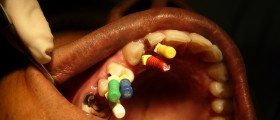

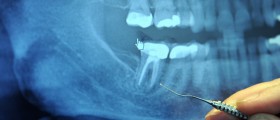





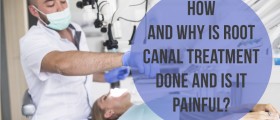

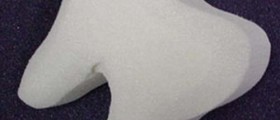
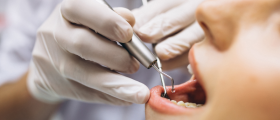

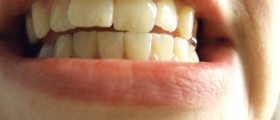

Your thoughts on this
Loading...